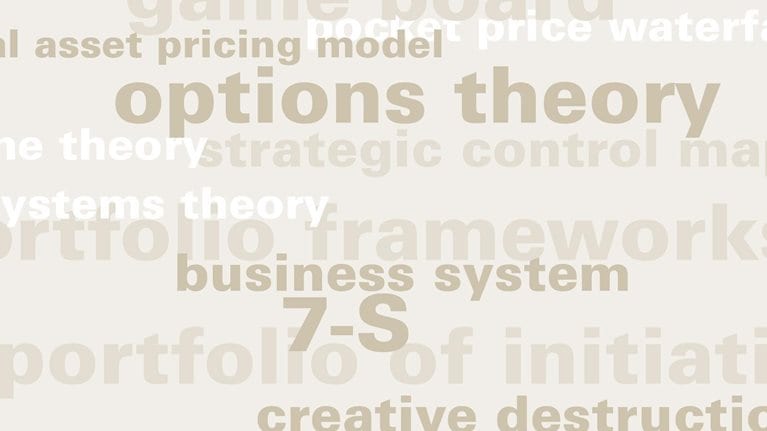When introduced in the late 1970s, the 7-S framework was a watershed in thinking about organizational effectiveness. A previous focus of managers was on organization as structure—who does what, who reports to whom, and the like. As organizations grew in size and complexity, the more critical question became one of coordination.
Featured in the book In Search of Excellence, by former McKinsey consultants Thomas J. Peters and Robert H. Waterman, the framework maps a constellation of interrelated factors that influence an organization's ability to change. The lack of hierarchy among these factors suggests that significant progress in one part of the organization will be difficult without working on the others.
Some 30 years later, 7-S remains an important tool to understand the complexity of organizations. Today, more than ever, structure alone isn't organization.
In the first in a series of interactive presentations, Lowell Bryan, a director in McKinsey's New York office, reflects on 7-S.
